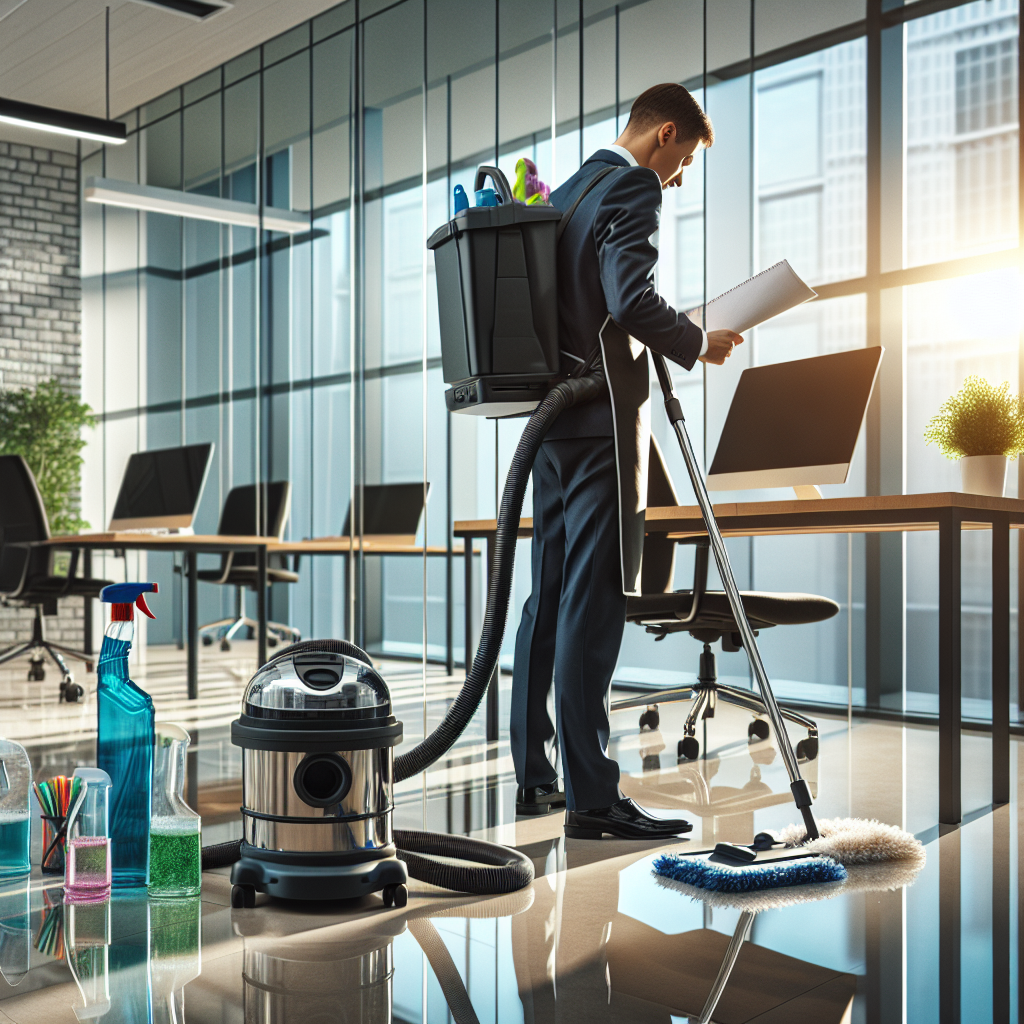Healthcare facilities, from hospitals to clinics and care homes, face unique challenges when it comes to cleaning and disinfection. With the dual need to maintain a sterile environment and comply with stringent health regulations, business owners and facility managers often grapple with ensuring high disinfection standards while managing operational costs.
This blog post will address these concerns and outline effective disinfection methods that not only enhance patient and staff safety but also provide significant business benefits.
Pain Points in Healthcare Facilities
Healthcare facilities are perennially engaged in a battle against infections, striving to maintain environments that are not only clean but also sterile. Addressing infection control and prevention isn’t just a health issue; it’s also a financial one. The Centers for Disease Control and Prevention (CDC) indicates that Healthcare-Associated Infections (HAIs) contribute to an increase in national healthcare costs by billions annually, highlighting the dire need for effective disinfection methods.
Such facilities must also adhere to rigorous health and safety regulations, with compliance being non-negotiable. Non-compliance risks significant penalties and reputational damage, making strict adherence crucial. Moreover, the cleaning and disinfection processes can often disrupt facility operations, adding another layer of complexity by impacting productivity.
- Infection Control and Prevention: Preventing infections remains a priority to ensure patient safety and manage healthcare costs.
- Regulatory Compliance: Facilities face the pressure of adhering to stringent regulations, failure of which can lead to penalties.
- Operational Disruptions: Regular disinfection processes may lead to disruptions, affecting patient care and productivity.
- Cost Management: Balancing efficient disinfection and budget constraints is a significant challenge.
Effective Disinfection Solutions
Advanced disinfection technologies offer promising solutions for these challenges. For instance, electrostatic sprayers, which charge disinfectant solutions, allow for thorough coverage of surfaces, reducing both downtime and labor costs. This method not only ensures effective disinfection but also enhances operational efficiency.
Similarly, UV-C light systems have demonstrated efficacy against a broad spectrum of pathogens. A study cited by the American Journal of Infection Control showed UV-C systems reduced infection rates by up to 30% when used alongside routine cleaning. These systems are particularly beneficial in critical areas, offering a supplementary layer of disinfection.
Implementing Best Practices
A systematic approach to disinfection is fundamental. Establishing a regular cleaning and disinfection schedule not only minimizes the spread of infections but also maintains cleanliness as a constant state across the facility. This regularity is pivotal in bacteria management, particularly in high-touch areas.
Moreover, investing in staff training and certification in healthcare-specific disinfection practices is vital. This ensures that the cleaning teams are proficient with up-to-date methodologies and understand the nuances of compliance and contamination prevention.
Business Benefits of Effective Disinfection
Enhanced disinfection protocols offer clear business advantages. Notably, they lead to improved patient safety and satisfaction. The reduction in HAIs lessens patient readmissions and enhances overall patient experience, subsequently improving patient satisfaction scores—key metrics in value-based care environments.
Consistency in adhering to health regulations not only mitigates the risk of penalties but also underscores the facility’s commitment to safety, enhancing its reputation. Furthermore, modern disinfection techniques reduce cleaning time, ensuring that healthcare services continue with minimal interruption. Despite higher initial financial outlays on advanced technologies, the resultant decrease in infection-related costs and downtime contributes to a demonstrable return on investment, underlining the cost-effectiveness of these methods.
Conclusion
For healthcare facilities, ensuring effective disinfection is not just a regulatory requirement but a critical business strategy. By embracing advanced cleaning technologies and methods, facilities can not only enhance safety standards but also achieve operational efficiency and cost savings, thus investing in the long-term success and reputation of their facility.
As the cleaning industry evolves, staying ahead with innovative disinfection solutions will make all the difference in maintaining a healthcare environment that is as safe as it is welcoming. Contact our professional cleaning services today to discover how we can support your facility in achieving these goals. Let’s ensure the safety and well-being of your patients and staff, together.



